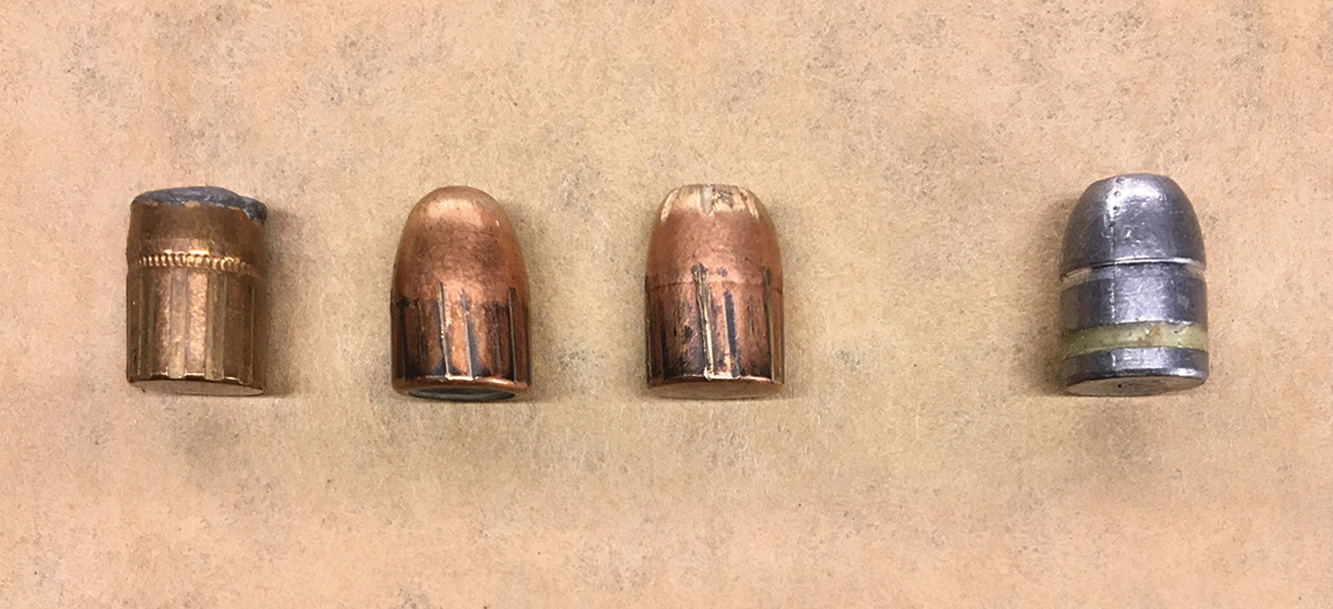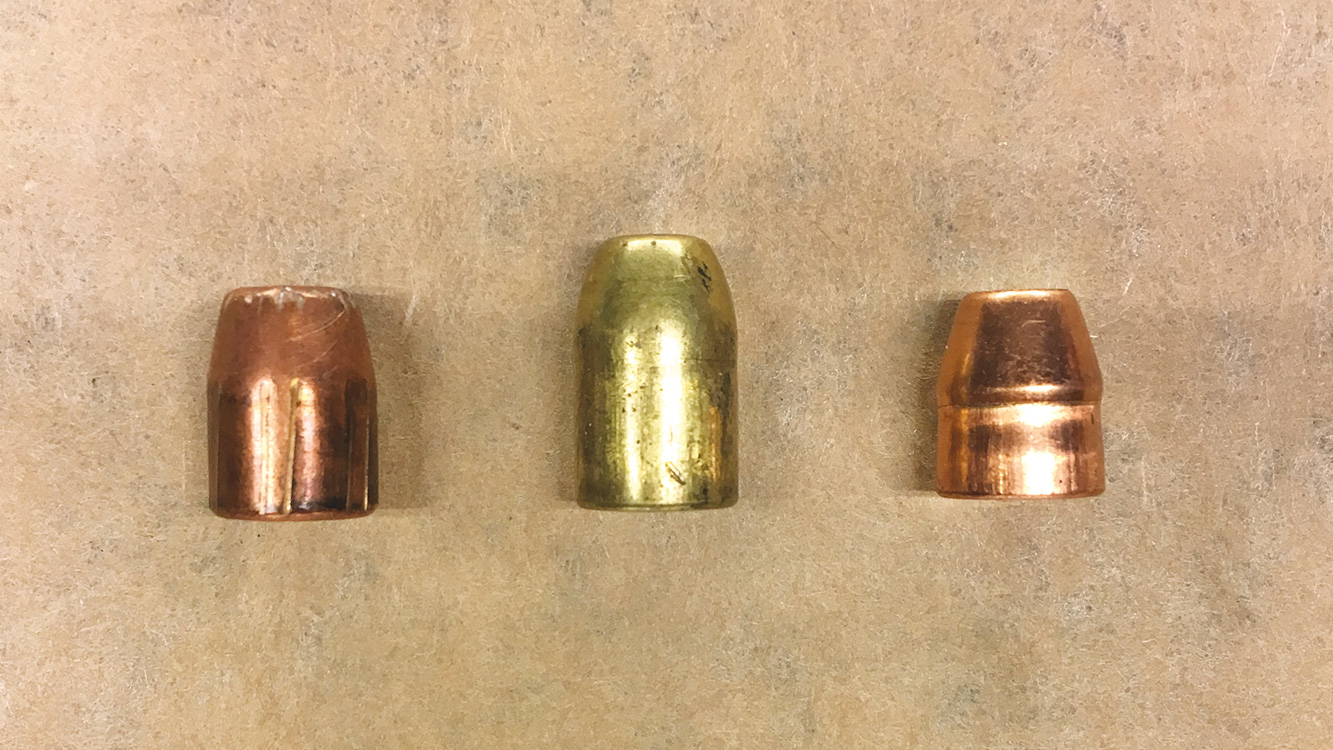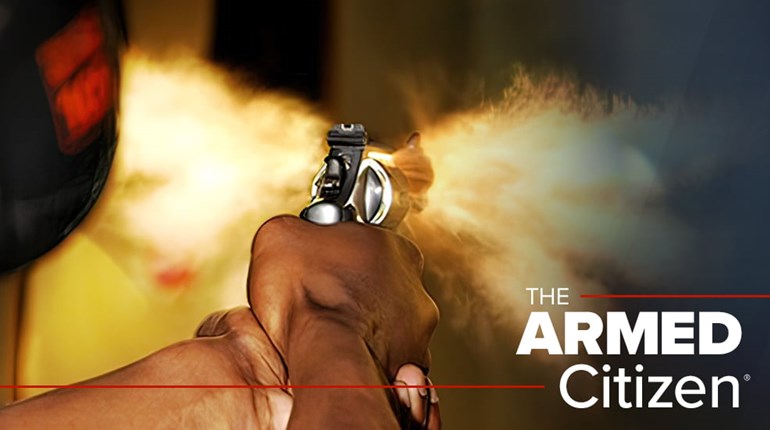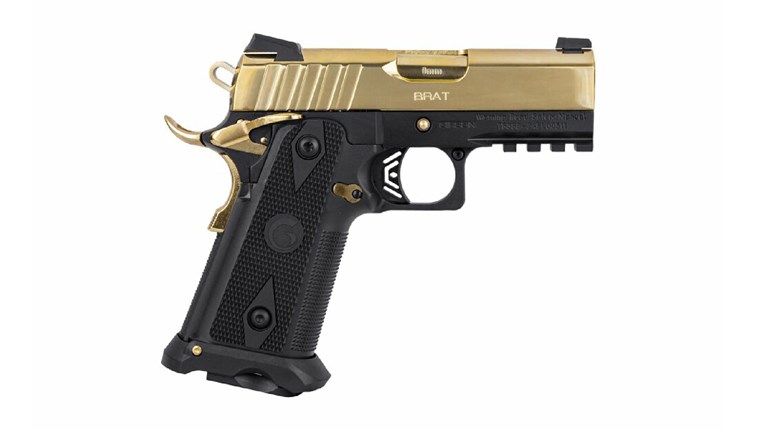
Hold on to your hats: We’ve made it to Step 7 in our reloading series—the last of the main operations in any reloading process. By name, we’re talking about crimping, the final precursor to self-made ammunition that saves serious money and—perhaps—notably improves the performance of every firearm you own. Or at least, perhaps for every caliber for which you’re willing to buy dies.
Crimping has the benefit of being a step where disaster is comparatively unlikely in several senses. If your case prep has been good, priming safe, flaring appropriate, charging sensible and seating straight (and here), chances are good you’ll have rounds that at least look like the real thing.
Whether they’ll actually be the real thing—in the sense that they’ll go in and out of your firearm, and go “bang” when and as expected—is another matter. A bungled crimping step may or may not produce noticeably flawed cartridges, but the devil is in the “noticeably.” They can look just fine, and not run worth a darn. Been there, done that, growled about it to the innocent.

For the moment, we’re only going to consider straight-walled cartridges. These are generally (but not exclusively) of pistol caliber, and most considerations apply to all whether you’re talking .25 ACP all the way up to a comparative “big dog,” the .45-70 (still versatile after all these years).
The first thing to clearly understand is that there are two distinct types of crimps applied to cartridges. Medium- and low-power revolvers are the only firearms that can use either (as we will explain), but normally a rule of thumb applies: Autoloaders use a taper crimp, and virtually all others a roll crimp. You may notice this divides in fairly neat terms along rimmed cartridge vs. un-rimmed lines, too. Suit yourself in how you recall which is which. (There’s actually a third kind—a profile crimp—but it’s a half-of-one and half-of-the-other affair, and pretty much self-explanatory.)
All crimps perform the same job—they latch the case and bullet together so that powder is contained for the primer to ignite when firing occurs. They vary somewhat in mechanical integrity and have different obstacles to overcome in keeping their respective firearm types running.
Roll Crimping
In roll crimping, the flare or bell we added in Step 3 to allow the case mouth to accept the base of the projectile without damage is “rolled” closed. Often, this roll coincides with a crimping groove that is manufactured into the bullet to aid the process of joining the components very tightly.
Part of the reason for the tight crimp may be obvious to lever action fans who shoot pistol caliber cartridges. These immensely popular, handy rifles store cartridges “nose to tail,” and a mechanically sturdy crimp sees to it that this process doesn’t result in setback of the bullet into the case, either during loading, or due to recoil-induced collisions while firing. As we’ve noted on several previous occasions, such setback can raise firing pressures to the point where they become a hazard. Crimping is an easy, reliable preventive measure.
A stout roll crimp also assures proper burning of some propellants by providing what is called high bullet pull. Here, the severity of the crimp holds the case and projectile together longer as internal pressures rise within the cartridge, and helps insure that propulsive gas reaches a higher pressure level. This enhances reliability, accuracy (via consistent velocity) and cleanliness of the propellant burn.
While roll crimping generally “works” the brass more and shortens case life somewhat, it has a third important function that especially applies to higher-powered revolver calibers. Recoil and bullet/powder combinations in some of these are violent enough to actually cause bullets to work forward in the case mouth just through inertia. It’s not unknown for insufficiently crimped bullets to come completely free of their associated cases.
Possible side effects—all unwelcome—are then in the offing. A partially loose bullet can increase to an OAL that will stop cylinder movement as the projectile protrudes from the front of the cylinder. If complete disassembly happens, unburned powder goes where it decidedly should not. While neither is likely to be permanently harmful, both can be inconvenient up to and including alarming. Perhaps worst, they are disproportionately likely when shots are high-consequence and powerful ammunition is in use.

Note that the crimp plays essentially no part in ignition of rimmed cartridges either, head spacing as they do on the rim itself. As long as seating and crimping hasn’t crushed the case beyond chamber size, “bang” is all but guaranteed if the cartridge will fit the chamber.
Taper Crimp
Taper crimping is not the exclusive province of the autoloader, but vastly more likely. While the base functionality of such a crimp is the same—establishing and preserving structural integrity sufficient to survive handling—the mechanical necessities thereafter are quite different. The autoloader is comparatively rough in terms of the stripping (from the magazine), feeding and chambering process, and proper positioning for ignition relies on very different principles than do rimmed revolver cartridges.
The rough handling is often moderated more by projectile shape than anything peculiar to the crimp itself. Blunted ogives go a long way in this regard, giving good “bearing” surfaces on the crucial feed ramp that wheel-gunners may utterly ignore (imagine this, for instance, in an autoloader). Where a roll-type crimp would create problems, though, is in the depth of the edge it creates at the case mouth/bullet junction. By design, a 9 mm tapers toward the nose to facilitate feeding, and the chamber shoulder is “expecting,” if you will, roughly .01 of an inch of case material on which to stop forward motion and headspace the cartridge for reliable ignition. A roll here would reduce the predictability of the depth and firmness of seating, and reduce ignition precision.
The roll could also prove too rough for feed-way transitions depending on auto loader design. Rimmed cartridges also complicate magazine geometries a good deal.
Ideally, the crimp process closes the flare only a couple of thousandths of an inch beyond the line of the taper, and relies on case mouth friction rather than the actual gripping action (of the roll style) to hold the cartridge together.

Errors
Roll crimping errors are generally more obvious than their tapered cousins. They are, however, more likely to completely undo the round. Too much roll will actually start to crush the case, and expand it beyond what will feed into cylinder chambers. But slightly too much is also better than slightly too little: As long as your charge weights are correct, these account for slight variability in “pull,” and won’t create problems. When very high pulls are needed, most references will say that, too.
Die instructions will cover this in detail. Most of the vertical adjustment is actually for taper crimping and gradually reduces the flare; only the last few rotations (as you turn the die body down) will introduce the serious gripping typical of roll crimps. Go too far, however, and this is where you can crush cartridges.
At lower end velocities and lighter projectiles, you’ll even find that a roll is unnecessary—this is where the “profile” crimp comes into play. If you’re using a revolver with which very expeditious loading is hoped-for, say from speed loaders or moon clips, you’ll probably want the slightly smoother profile-crimped case mouth. These are less likely than a roll to hang up on chamber mouths than the usually thicker roll, but in their best form require a different die (a Redding, here). A heavy-ish taper crimp works well too, but with some cautions.
Over-crimping is easy to do until you get the hang of things, and can afflict either roll or taper types. The main issue with over-crimping is the stealth attack it launches on one of the most accessible goals of hand loading—accuracy. Many dies and virtually all presses can exert well more than enough energy to actually change bullet caliber (especially in the case of “factory crimp” dies, though these have other and substantial advantages when properly employed). The short version here is sufficient—it’s possible to crimp tightly enough that your projectile can no longer get a solid gas seal in the bore. This reduces both velocity and accuracy, and may disguise ignition issues as feeding or component variations.
In short, a mess.
Our favorite way to see that this isn’t happening is to retrieve bullets we’ve shot, and measure them. This isn’t as tricky as it sounds, but involves somewhat specialized preparations. Those—and other crimping considerations—we’ll leave for next time.
Part 1 Part 2 Part 3 Part 4 Part 5 Part 6 Part 7 Part 8 Part 9 Part 10
Frank Winn has been studying arms and their relationship to tyranny, meaningful liberty and personal security all his adult life. He has been a firearms safety/shooting instructor for more than 20 years, and earned state, regional and national titles in several competitive disciplines.


































